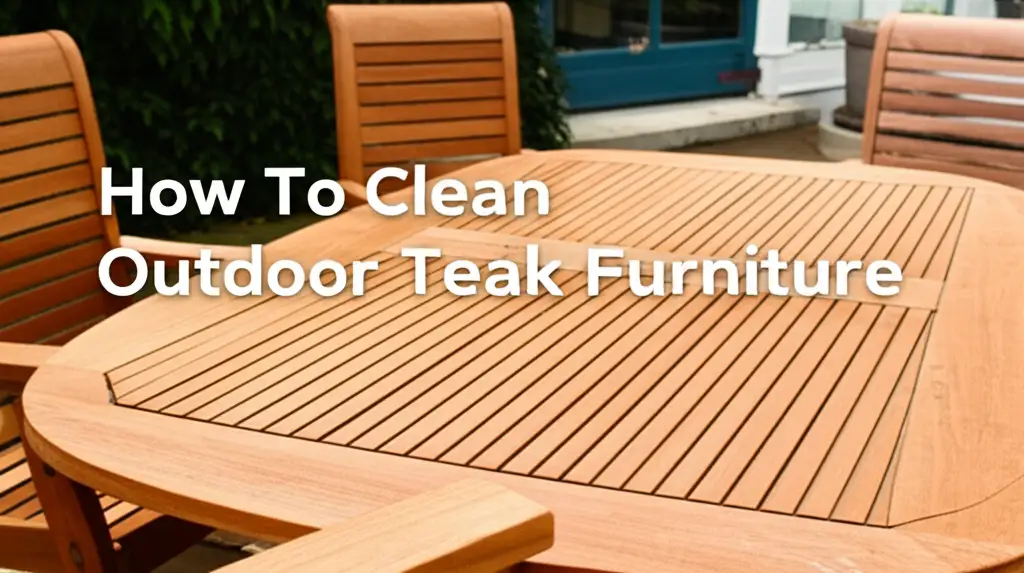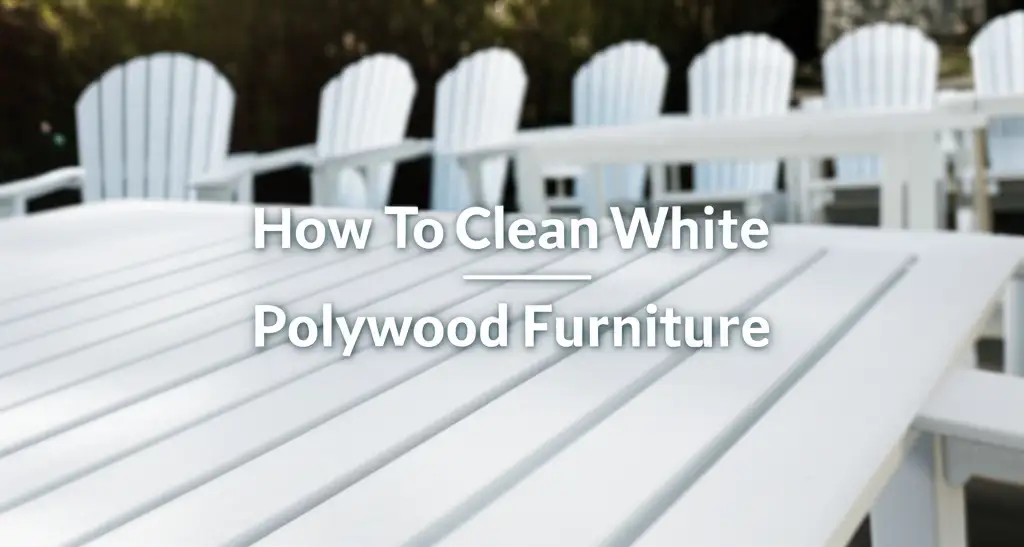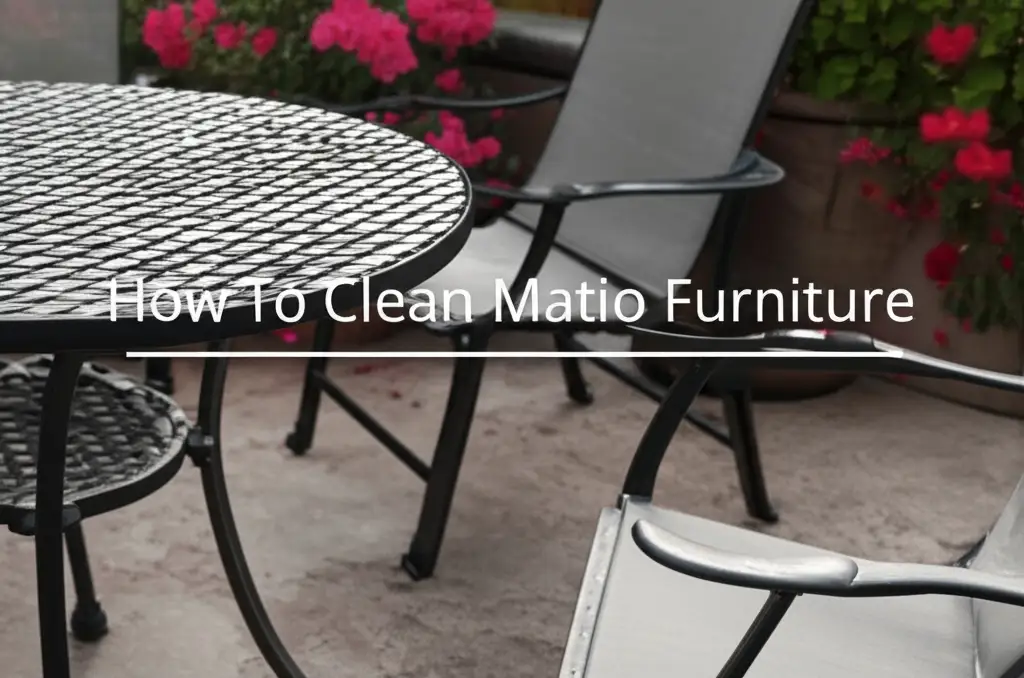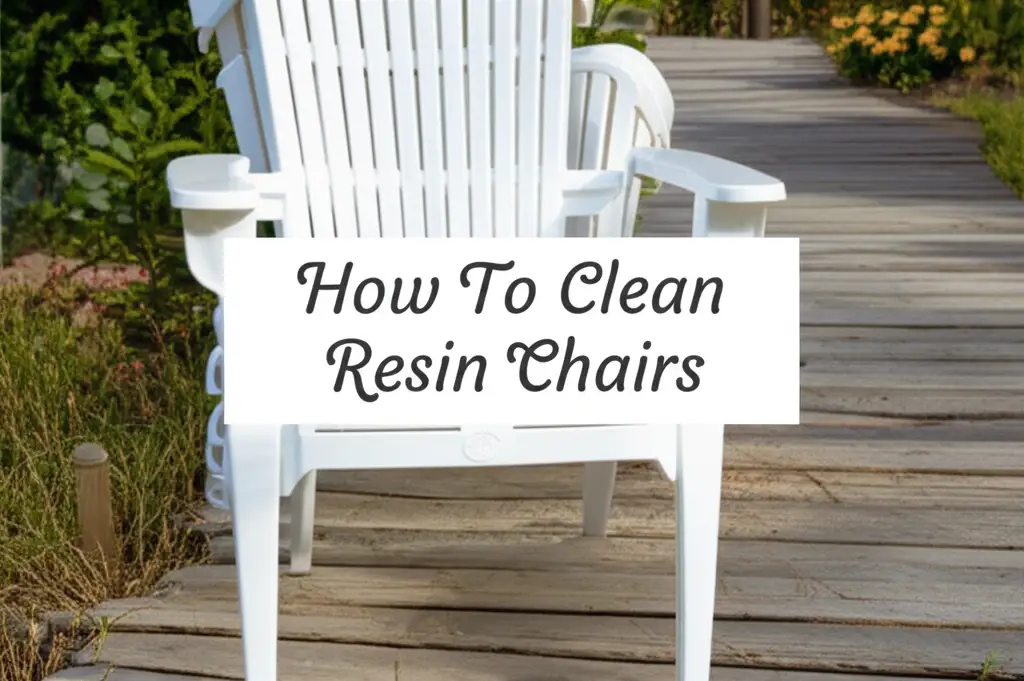· Outdoor Furniture Care · 10 min read
How To Clean Outdoor Furniture Covers
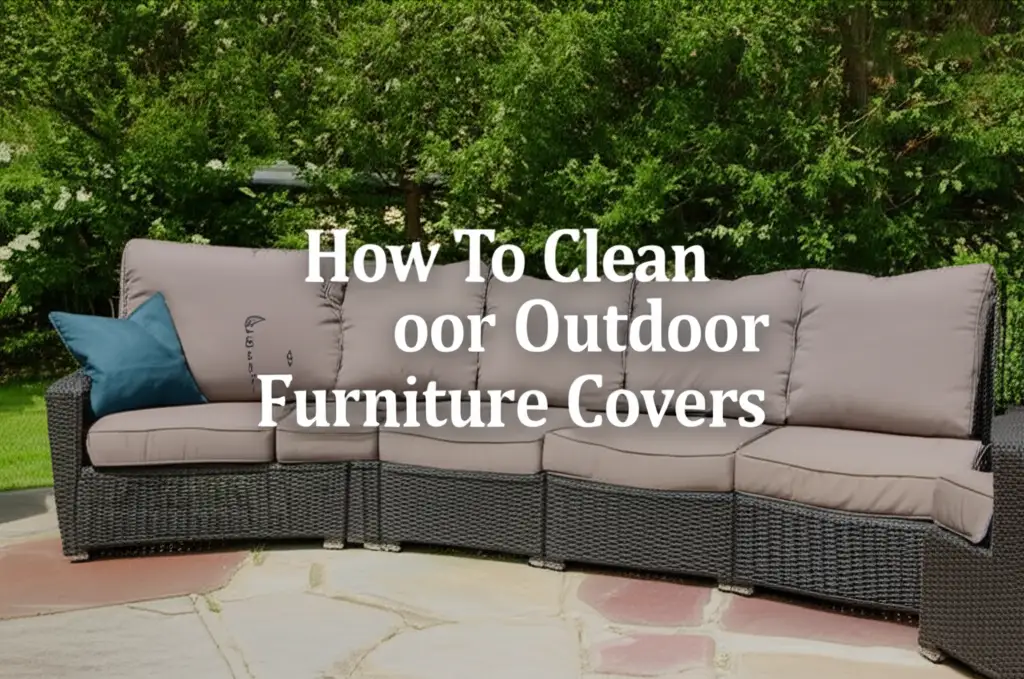
Clean Outdoor Furniture Covers Effectively
Is your outdoor furniture looking dull? Perhaps the covers have seen better days. Exposure to sun, rain, and dirt takes a toll on these protective layers. Dirty covers make your entire patio look less inviting. But do not worry. Cleaning them is simpler than you think.
Taking care of your outdoor furniture covers extends their life. It also keeps your outdoor space looking fresh and clean. We will walk you through easy steps to make your covers shine again. This guide covers everything from basic cleaning to tackling tough mold and mildew. Get ready to revitalize your outdoor living area.
Takeaway
Keeping your outdoor furniture covers clean is easy. You can remove dirt and stains with simple tools. Regular cleaning stops mold and mildew from growing. Proper care makes your covers last longer.
- Brush loose dirt off regularly.
- Use mild soap and water for most stains.
- Treat mold and mildew with specific solutions.
- Always dry covers completely before storing.
To clean outdoor furniture covers, first brush off loose dirt. Then, use a mild soap solution and a soft brush to scrub stains. Rinse thoroughly with water. Allow the covers to air dry completely before putting them back or storing them away.
Understanding Your Outdoor Furniture Covers
Outdoor furniture covers come in many types. Each type needs specific care. Most covers are made from polyester, vinyl, or other synthetic fabrics. These materials resist water and UV rays. Some covers offer breathability to prevent moisture buildup.
Knowing your cover’s material helps you clean it right. Polyester covers are often durable and easy to wash. Vinyl covers are smooth and can be wiped clean. Some high-performance fabrics have special coatings. Always check the care label on your cover. This label tells you the best cleaning method. Ignoring it can damage the cover.
Different materials react differently to cleaning products. A strong cleaner might harm a delicate fabric. A gentle soap works for most covers. I always start with the mildest option. This protects the cover and gets it clean. This step ensures your covers stay protective and attractive for years.
Basic Cleaning for Light Dirt and Dust
Regular cleaning stops dirt from building up. This makes deeper cleaning less frequent. Start with basic steps to remove loose debris. This simple routine saves you time later. You need only a few tools for this.
First, use a soft-bristle brush to sweep off loose dirt. You can also use a broom or a shop vac. Make sure to get into all corners and seams. Dust, leaves, and pollen settle on covers quickly. Brushing them off helps a lot. It prevents these small particles from embedding into the fabric.
Next, you can rinse the covers with a garden hose. A gentle spray is often enough for light dust. Avoid high-pressure washers unless the manufacturer says it is safe. High pressure can damage the fabric or its waterproof coating. I usually just use a regular hose setting. This removes surface dirt effectively. This basic cleaning keeps your covers looking good between deep cleans.
Deep Cleaning Outdoor Furniture Covers: Tackling Stubborn Stains
Sometimes covers need more than a rinse. Stubborn stains appear from spills, mud, or tree sap. These require a deeper cleaning approach. You can easily tackle most tough marks. I use simple household items for this.
Mix a solution of mild dish soap and warm water. For about one gallon of water, add two tablespoons of soap. You want a soapy, not foamy, mix. Some people use a small amount of laundry detergent. Be sure it is a gentle, color-safe type. Test the solution on a hidden spot first. This checks for any color changes.
Apply the soapy water to the stain using a soft sponge or cloth. Gently scrub the stained area. For tougher spots, a soft brush can help. Work in small sections. Do not scrub too hard, as this can damage the fabric fibers. Rinse the area thoroughly with a hose. Make sure no soap residue remains. Soap left behind can attract more dirt later. Repeat if needed until the stain lifts. This method works well for most common outdoor stains.
How to Remove Mold and Mildew from Outdoor Furniture Covers
Mold and mildew are common problems for outdoor furniture covers. They thrive in damp, shady conditions. These fungi cause ugly black spots and a musty smell. Ignoring them can damage the fabric over time. Luckily, you can remove them safely.
You have a few options for treating mold and mildew. One effective solution is a mix of white vinegar and water. Combine equal parts white vinegar and water in a spray bottle. Spray the affected areas liberally. Let it sit for 15-30 minutes. This gives the vinegar time to kill the mold spores. Vinegar is a natural disinfectant. It helps break down the mildew. You can learn more about how vinegar helps with various cleaning tasks, including how to clean mold with vinegar.
Another option involves a mild bleach solution for tougher cases. Mix one cup of bleach with one gallon of water. Use this solution only on light-colored or white covers. Always test it on an unseen area first. Bleach can remove color from fabrics. Apply the solution with a sponge or soft brush. Scrub gently to lift the mildew. This method is similar to how you might clean mold from other outdoor items, like how to clean mold off of wood furniture or how to clean mildew off outdoor cushions.
After applying your chosen solution, rinse the covers completely with clean water. Make sure no cleaning solution remains. Residual chemicals can weaken the fabric or attract more dirt. Let the covers air dry fully in the sun. Sunlight also helps kill mold and mildew. This thorough process removes the unsightly fungi. It also prevents their quick return.
Machine Washing Outdoor Furniture Covers: Is It Safe?
Many people wonder if they can machine wash their outdoor furniture covers. The answer depends on the cover’s material and size. Some covers are machine-wash friendly. Others need hand washing. Always check the care label before you start. The label provides specific washing instructions.
If your cover is machine washable, use a large-capacity washing machine. This prevents crowding and ensures a thorough clean. Small covers, like those for chairs, usually fit well. Larger covers, for sofas or dining sets, might need a commercial washer. Overloading the machine can damage both the cover and the washer.
Use a mild detergent. Avoid harsh chemicals or fabric softeners. Harsh products can break down the waterproof coating on your covers. Wash on a gentle cycle with cold water. Cold water protects the fabric color and integrity. Once the wash cycle finishes, remove the covers promptly. Do not leave them in the washer. This prevents new mildew growth and wrinkles. This simple process keeps machine-washable covers fresh.
Drying and Storing Your Clean Outdoor Covers
Proper drying is as important as washing. Wet covers can grow mold or mildew very quickly. This undoes all your cleaning efforts. It also creates a musty smell. Always ensure covers are completely dry before storing or putting them back on furniture.
Air drying is the best method for outdoor furniture covers. Lay them flat on a clean, dry surface. You can also hang them over a clothesline or railing. Ensure good airflow around the covers. Sunlight helps speed up drying and can further sanitize the fabric. Do not use a machine dryer. High heat can shrink covers. It can also damage waterproof coatings or vinyl materials. Machine dryers can cause irreversible damage to synthetic fabrics.
Once the covers are fully dry, you can put them back on your furniture. If you are storing them for the off-season, fold them neatly. Store them in a cool, dry place. A breathable storage bag is ideal. Avoid storing covers in damp basements or sheds. These places can encourage mold and mildew growth. Proper drying and storage protect your investment. They ensure your covers are ready for next season.
Protecting Your Outdoor Furniture Covers for Longevity
Cleaning your outdoor furniture covers is a great start. But protection helps them last even longer. Taking extra steps prevents damage. It also reduces how often you need to deep clean. I always think about prevention first.
Consider applying a fabric protector spray. These sprays add an extra layer of water and stain resistance. They are especially useful for fabric covers. Look for products designed for outdoor use. They create a barrier that repels water and dirt. Apply the spray to clean, dry covers. Follow the product directions carefully. This simple step can make a big difference.
Regular maintenance also plays a role. Brush off dirt and debris weekly. This stops grime from embedding into the fabric. Wipe down vinyl covers with a damp cloth often. Store covers properly when not in use. This protects them from harsh weather elements. If bad weather is coming, remove the covers. Store them indoors temporarily. These small actions help your covers withstand the elements. They extend the life of your covers for many seasons.
FAQ Section
Can I use a pressure washer on outdoor furniture covers?
It is generally not recommended to use a pressure washer on outdoor furniture covers. High pressure can damage the fabric fibers. It can also strip away waterproof coatings. This reduces the cover’s effectiveness. A garden hose with a gentle spray is much safer. Always check the manufacturer’s care instructions first.
How often should I clean my outdoor furniture covers?
The frequency depends on your local environment and usage. For light dirt, a weekly brush-off is good. Deep cleaning is often needed once or twice a season. If you live in a dusty area or have many trees, you might need to clean them more often. Inspect them regularly for any buildup or stains.
What’s the best way to remove tree sap from covers?
To remove tree sap, try rubbing alcohol or a specialized sap remover. Apply a small amount to a clean cloth. Gently blot the sap spot. Avoid rubbing vigorously. Once the sap softens, carefully lift it off. Rinse the area with mild soap and water afterward. Make sure to test any solution on a hidden spot first.
Can I put outdoor furniture covers in the dryer?
No, you should not put outdoor furniture covers in the dryer. The high heat can cause shrinkage. It can also damage the protective coatings. This applies to most synthetic outdoor fabrics. Always air dry your covers completely. Lay them flat or hang them in a well-ventilated area.
Are there eco-friendly cleaning options for covers?
Yes, many eco-friendly options exist. Mild dish soap is a good choice for general cleaning. White vinegar is excellent for mold and mildew. Baking soda paste can also tackle tough stains. Look for detergents labeled as “biodegradable.” These options clean effectively without harming the environment. They are safe for your covers and your garden.
Conclusion
Cleaning your outdoor furniture covers keeps your patio looking its best. It is a simple task that offers big rewards. Regular care prevents dirt buildup and mold growth. Following these steps helps your covers last longer. This protects your furniture investment.
Start with brushing off loose debris. Use mild soap and water for general dirt. Tackle mold and mildew with vinegar or a dilute bleach solution. Always remember to air dry covers completely. Store them properly during the off-season. By taking these actions, your outdoor furniture covers will stay clean and functional. Enjoy a fresh, inviting outdoor space every season.
- outdoor furniture covers
- clean patio covers
- furniture cover care
- mold mildew cleaning
- outdoor cleaning tips

